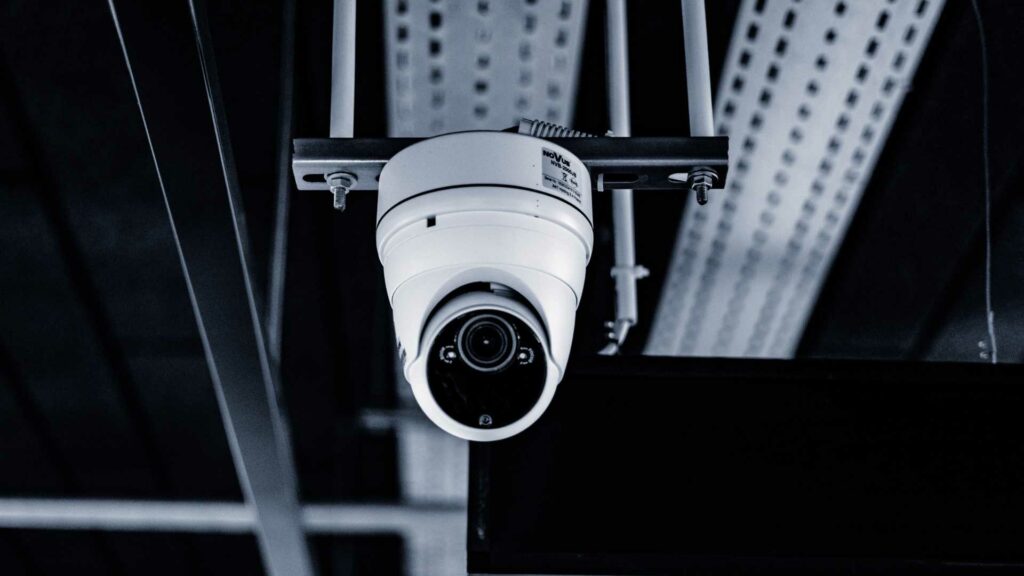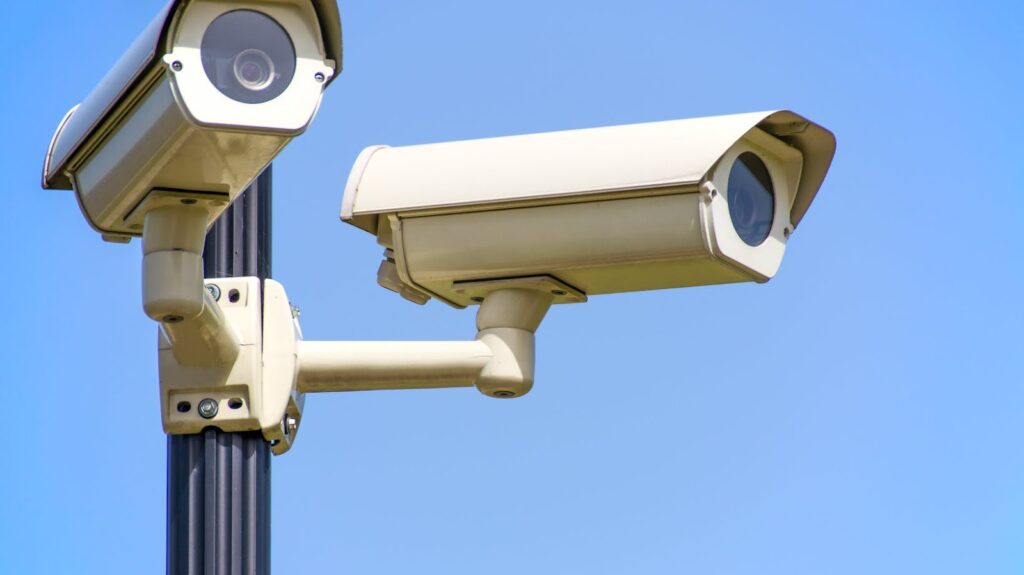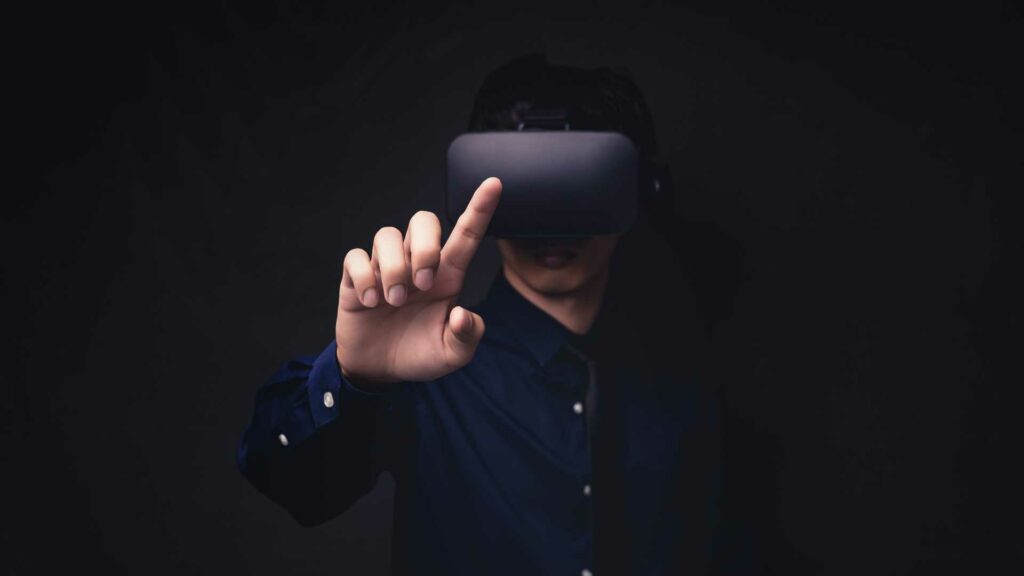Immerse yourself in the world of 360-degree storytelling with the power of virtual reality camera.
Whether you’re a seasoned pro or a curious novice, you’re about to discover the incredible potential of virtual reality camera.
Virtual Reality Camera
Venturing into the labyrinth of virtual reality necessitates a comprehension of its digital eyes – virtual reality camera. As interactive storytellers, virtual reality camera play an influential role in cultivating immersive experiences.
The Basics of virtual reality camera
virtual reality camera diverge significantly from regular ones. Despite their name, virtual reality camera aren’t solitary entities but an assembly of multiple cameras jointly operating to capture a 360-degree view of an environment, sometimes in 3D. Their distinct construction aids in imitating the two-eye perspective of human vision, thereby fostering an engaging virtual reality experience.
Different Types of virtual reality camera
In the world of virtual reality, diversity in camera functionality and design is paramount. Two distinct categories emerge, namely consumer-grade and professional virtual reality camera. These categories differ significantly in terms of their features, prices, and the expertise required to operate them.
Consumer-Grade virtual reality camera
Consumer-grade virtual reality camera, aimed at the everyday user, are generally simpler to operate. They come with a relatively lower price tag, ensuring accessibility for a large number of users. For example, the Ricoh Theta series and the Samsung Gear 360 fall under this category.
Professional virtual reality camera
Professional virtual reality camera shift gear into the advanced realm of virtual reality production. Designed for high-end content creation, these systems offer features that outpace their consumer-grade counterparts. Prime examples include the Google Jump system and the Nokia OZO.
Key Features to Look for in a Virtual Reality Camera
Based on the functions and advanced characteristics of both consumer-grade and professional virtual reality camera mentioned in the preceding sections, one can deduce certain imperative features. Here’s a breakdown of critical attributes prospective buyers ought to look out for when purchasing a VR Camera.
Resolution and Frame Rate
First on the list sits resolution and frame rate, as high definition and seamless motion transform the VR experience. Look for virtual reality camera that offer, at minimum, 4K resolution. It’s an acceptable starting point and provides significantly better details and image quality as compared to standard 1080p resolution.
Field of View and Stitching Capabilities
Next, the field of view and stitching capabilities significantly impact the immersive experience. Look for cameras that capture a full 360-degree view. Also, automatic stitching features become handy, helping to seamlessly merge the images from separate lenses.
Compatibility with VR Headsets
Lastly, compatibility with VR headsets is another primary feature to consider. Cameras with built-in compatibility with major VR headset brands like Oculus and HTC Vive simplify the process of VR content creation and consumption.
Using virtual reality camera
virtual reality camera, with their unique ability to capture 360-degree views, provide an innovative tool for weaving immersive narratives and engaging experiences. They range in their capabilities, catering to both casual enthusiasts and professional filmmakers alike—such as the Ricoh Theta S, Samsung Gear 360, GoPro Fusion, Google Jump, Nokia OZO, and Insta360 Titan.
Capturing Immersive Content
With virtual reality camera, the objective isn’t just capturing a panoramic view—it’s about creating an immersive experience that makes viewers feel part of the scene. Multiple cameras work together, catching every aspect of the environment.
Post-Production Challenges and Solutions
Despite the advancements of virtual reality camera systems, post-production can present challenges. Stitching the footage from each camera into a cohesive 360-degree image can be complex and time-consuming.
Must Know
virtual reality camera have undeniably revolutionized storytelling, becoming a pivotal tool in filmmaking and gaming. They’ve transformed the way we capture and interpret the world around us, offering immersive experiences that are unparalleled. The advancements in VR camera technology, like the impressive 11K capabilities of the Insta360 Titan, are testament to their potential. But it’s not just about entertainment. The potential applications of virtual reality camera in fields such as medicine, tourism, sports, and education underscore their versatility.



